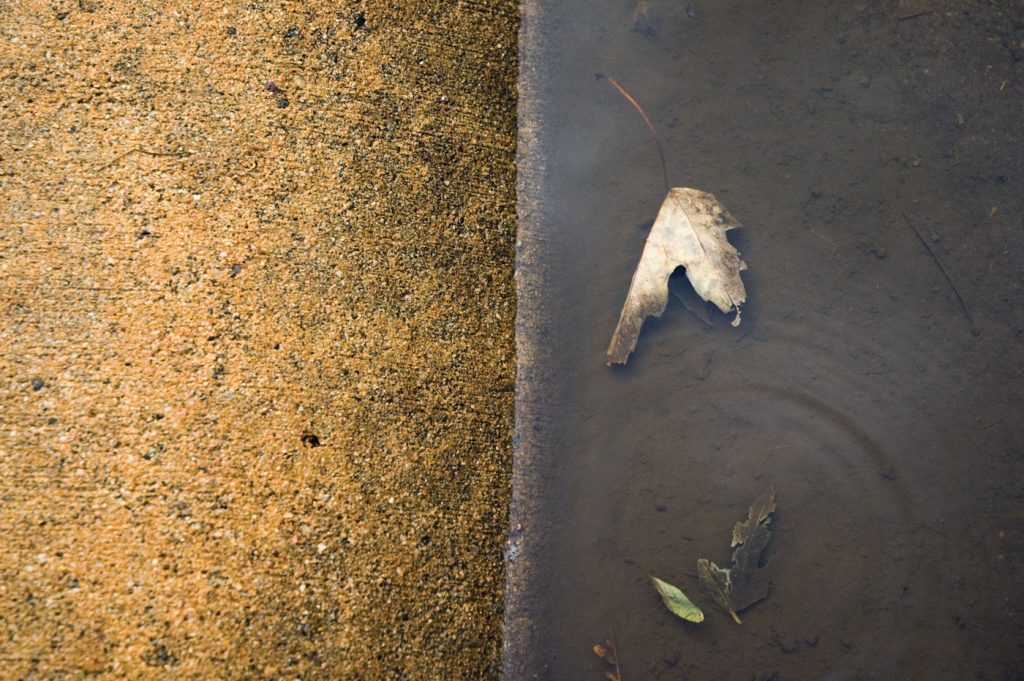Practice implores us to do the simplest yet most difficult thing: to sit still and simply be present. In meditation, we let whatever comes up, come up. We invite it in. We welcome all of it, including the resistance, the boredom, the judgments, and the endless spinning. We let it all come up and just watch it.
When things come up that we don’t like, we try to remember that these thoughts and feelings are our teacher—we can learn from them. They’re not the enemy that we have to get away from. In other words, we don’t try to change our experience; we just try to be aware. Observing ourselves in this way does not require thinking, judging, or analyzing. It only requires watching. This is what it means to watch with curiosity as our experience unfolds, without trying to make ourselves different.
We don’t have to live out of our cherished self-images. We don’t have to appear to be calm or clear, or to look “spiritual.” Instead, can we acknowledge who we are—including all of our so-called shortcomings? Can we give up our ideals of perfection?
The constant effort it takes to try to fulfill these self-images is not only an ongoing drain on our energy but also the source of much of our anxiety. Without our self-images, we feel exposed, both to ourselves and to others; we feel that if the truth about us were known, we would be seen as worthless, or, at least, as not enough.
The alternative to living out of these self-images is to honestly acknowledge ourselves as we are; to let whatever comes up be observed and felt, with no added judgments; to watch the many ways we present ourselves; and to reflect, without thinking. This is one way we can bring kindness to ourselves, just as we are, no longer making so much of an effort to present ourselves in some special way. Needing to be special keeps us solidly stuck in unhappiness. So whether we’re at work, walking down the street, or visiting with friends, we could watch the need to be special, notice the self-images we’re holding onto, and feel what that feels like.
Simply watching also allows us to stop struggling: to stop trying so hard to accomplish, to prove ourselves, to measure up—to cover over whatever sense of lack we might have. It may be frightening when we first stop struggling; we’ve become accustomed to this way of being, and feel anxious about leaving the comfort of the familiar. But when we stop the struggle, we then have the space to be at home with ourselves.
Learning to be at home with ourselves is one of the prime benefits of meditation practice. But remember: practice is never a straight line to a fixed goal. It is always a mixture of moments of confusion and moments of clarity, periods of discouragement and periods of aspiration, times of feeling like a failure and times of going deeper.
For example, what usually happens when we sit down to meditate? If we happen to have a busy mind, we often think that something is wrong. And when we think that something is wrong, we usually translate that into the belief that something is wrong with us. Furthermore, we think that we have to do something about it.
But there’s an alternative way to approach our so-called problems. No matter what we bring to our meditation, no matter how we may be feeling, the practice is to simply sit down, acknowledge what’s going on, and then let it be. What this requires is the basic understanding that our states of mind are not problems to be solved or obstacles to be overcome. Just because something seems off doesn’t mean that something is, in fact, off. Things simply are what they are. It’s primarily our judgments about them—our expectations about how things should be—that cause us endless difficulties.
For example, if we get bored or sleepy during sitting, we will often proclaim it a bad sitting. If we get agitated or upset, we will often think that we have to become calm. If we get confused, we will long for clarity. But the fact is, no matter what may be happening with us, all we need to do is acknowledge what’s happening, and then be as fully aware as we can. And in that very awareness, our upsets become our path. The underlying principle is that awareness heals.
So the idea is to simply let it be. Please be clear: this is not a passive or pseudo detachment; we still need the discipline to stay present, to remain still, and to be precise in our self-observation. But there’s a particular attitude of mind that’s simply willing to look, to be open to what comes up, to be curious, and to cease judging and resisting.
And as we cease our resistance to what is, there will be a growing willingness to be with, and perhaps even enjoy, our repeating patterns, our little human dramas, the whole passing show. We learn how to rest in our experience without falling into the trap of wallowing in it.

This practice, in a way, is very simple. But it is also very difficult to do; the mind is not inclined to let things be. It does not want to give up its pictures, its opinions, its ideas of how things should be. It is much more interested in analyzing, blaming, controlling, and, above all, making things “better.” But it’s possible to learn one of the most important secrets of spiritual practice: that we don’t have to be some particular way, nor do we have to feel any special way. When we truly understand this, it’s like letting go of a very heavy burden.
Although the emphasis is on just watching our experience and letting it be, that does not mean that our sitting practice is amorphous or spacy. We still stay focused. So through all of the ups and downs, the practice is to rest your mind in the breath, to feel it fully. Rest your mind in the environment—feeling the air, hearing the sounds, sensing the spaciousness of the room. Rest your mind in the silence, which includes the endless mental chatter. Remember, though: we enter the silence not by trying to enter, but through the constant soft effort to just be here.
Let whatever else comes up, come up, including the mindless daydreams, the compulsion to plan or have internal conversations, the moments of spacing out, and the periods when discomfort or pain, both physical and emotional, get intense. Just watch all of it. This is how we use the experience of sitting still—basically doing nothing—to awaken our sense of what’s most real, and what’s most important. As long as we live in the bubble of our thoughts and judgments, we cut ourselves off from the mystery of our being. Yet we can often tap into the mystery through just a quiet presence in the moment. Through watching, and reflecting without thinking.
Thank you for subscribing to Tricycle! As a nonprofit, we depend on readers like you to keep Buddhist teachings and practices widely available.
